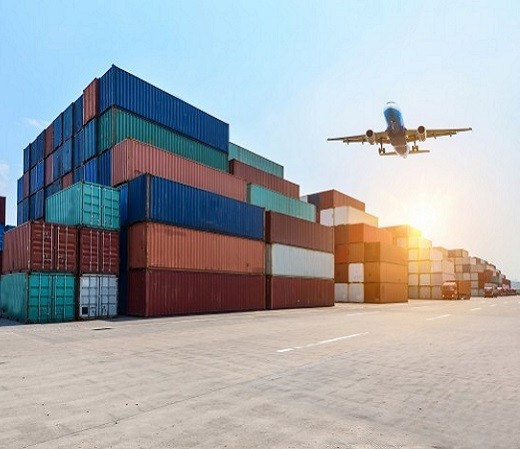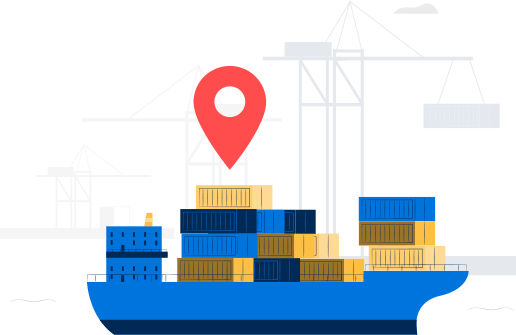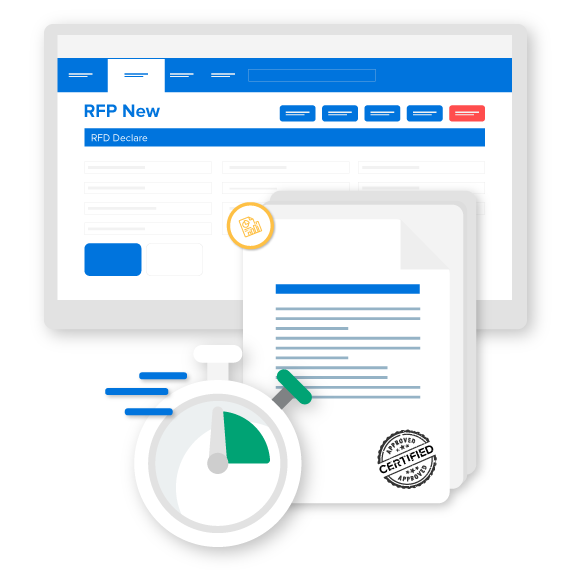
09 Sep
An Export Permit Number (EPN) is what an exporter from Australia needs to obtain for exporting goods in certain categories. So, what these categories are? Precisely, these include plants and plant-based products as well as animals and animal-based products. The Department of Agriculture, Water and the Environment (DAWE) controls the trade of these goods. Hence, you must submit a request for permits to the department in order to obtain EPN.
However, the traditional offline process of applying for an EPN manually is completely outdated. The DAWE developed EXDOC (Export Documentation) System to make the process much more convenient. Consequently, the exporters can interact with this system to apply for EPNs and other important trade documents. An important feature of the system is its support for a Single Electronic Window (SEW).
What Is SEW?
Briefly, SEW is an arrangement using which the exporters can perform two important tasks in one go:
- Apply for an EPN with the DAWR
- Interact with the Customs’ Integrated Cargo System (ICS) to obtain Export Declaration Numbers (EDNs)
In other words, a single application can help exporters to apply for and obtain these two important entities.
What Are the Benefits?
- Saves Time: The SEW can help you simultaneously obtain the EDNs and EPNs that save you a lot of precious time. In addition, you can also obtain important trade documents like Health/Phytosanitary Certificates in the process.
- Reduced Paperwork: Clearly, one single application means reduced form filling. It means your documentation staff doesn’t need to bear the burden of traditional paper-based files which further saves time. Furthermore, you can expect better efficiency and productivity among documentation teams.
- Saves Costs: Needless to say, electronic documentation procedures costs lower than traditional manual processes. It is because various departments charge less to issue different trade numbers and documents. Also, SEW further reduces the costs through a single application.
- Reduced Errors: You can expect significantly reduced chances of errors by using the SEW arrangement. First, it involves automated information filling from centralised databases. Second, there are fewer forms involved. Third, it is much convenient to adhere to the required formats and international trade standards.
- Fast Tracking: Obviously, it is easier to track the statuses of two different trade entities in one place. You don’t need to contact the DAWE and the Customs separately to know the status of your application.
- On-time Shipping: The time saved in the process can contribute toward the chances of shipping as per the schedule. Because of the SEW, you can attend to the queries from the departments quickly and respond to them with the required documents. No delay means better profits and an improved business reputation!
Likewise, different document-approving authorities and departments have electronic arrangements to make export documentation compliant, error-free, fast and cost-efficient. Thus, delaying the switch from offline to electronic documentation might deprive your business of desired growth rate.


